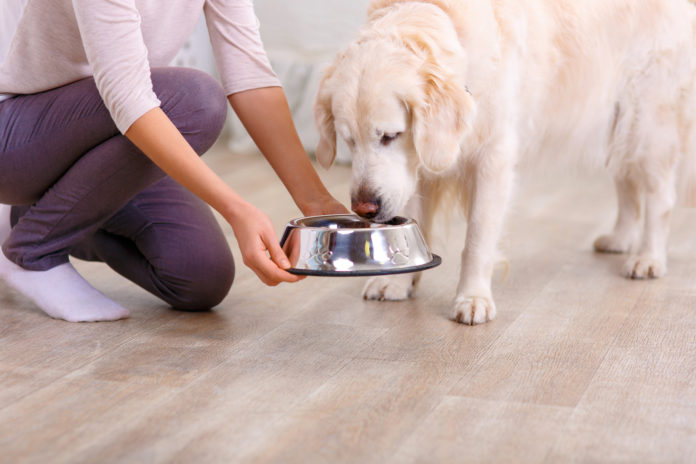
It’s been more than a decade since grain-free pet formulas hit the shelves and attracted curious consumers. Owners made the switch because they believed the absence of grains was healthier for their pets. Some even thought their pets had developed intolerances for common grain ingredients like corn, wheat, rice, and oats.
Veterinarians, however, claim that grain-free diets are not necessarily healthier than grain-inclusive diets. They argue that whole grains, in particular, shouldn’t be considered as fillers — they contain valuable nutrients, and the vast majority of domestic dogs and cats can digest them with ease. Furthermore, studies have demonstrated that grain allergies in dogs and cats are rare. Instead, chicken, beef, and dairy products are the most common causes of adverse food reactions.
Despite caution against the hype, grain-free sales continued to grow, and it seemed like there would be no turning back — until now.
Linking diet to disease
When the FDA released data from its canine dilated cardiomyopathy (DCM) investigation earlier this year, the grain-free market suffered a major blow. The results of the investigation are still inconclusive and haven’t specifically targeted grain-free formulas as a cause of DCM. But the majority of the pets involved in the study were eating grain-free diets, especially those containing peas, lentils, and potatoes.
For many consumers, this information was enough to break their trust in grain-free formulas and send them searching for alternatives. The evidence of this reaction is in the numbers — since the DCM investigation began in mid-2018, grain-free food sales have been in decline, especially among the brands named in the FDA updates.
Grains are making a comeback
In response to the DCM investigation, pet food brands wasted no time in launching new formulas with “grain-inclusive,” “legume-free,” and “potato-free” claims. The latest product releases in this category include Stella and Chewy’s Raw Coated Baked and Raw Blend Baked Kibble with Wholesome Grains, the CORE with Wholesome Grains formulas from Wellness, and American Natural Premium’s legume-free recipes. To substitute for potatoes and legumes, the new recipes contain ingredients like pumpkin, squash, or tapioca.
As pet food companies bring grains like brown rice, barley, millet, oatmeal, and quinoa back to the food bowl, it’s likely to give them a competitive edge in the market.
Marketing opportunities await
It may only take a few formulation tweaks for pet food brands to take advantage of grain-free’s demise. Some companies may find that their existing recipes qualify for grain-friendly claims without any changes. And several raw, dehydrated, and minimally processed foods are already free of potatoes and legumes. In these cases, a change in packaging may be all it takes to win over consumers.
While grain-free diets aren’t off the menu just yet, it’s clear that the consumer perception of what’s “healthy” is now pointed at the inclusion of whole grains and the removal of ingredients that have been overused in their place. And that health aspect is something manufacturers can always count on, even as pet food ingredient trends like this come and go.








![[Report] 2025 State of Food Manufacturing: Digital Transformation](https://foodindustryexecutive.com/wp-content/uploads/2025/04/2025-State-of-Food-Manufacturing_-Digital-Transformation-324x160.png)